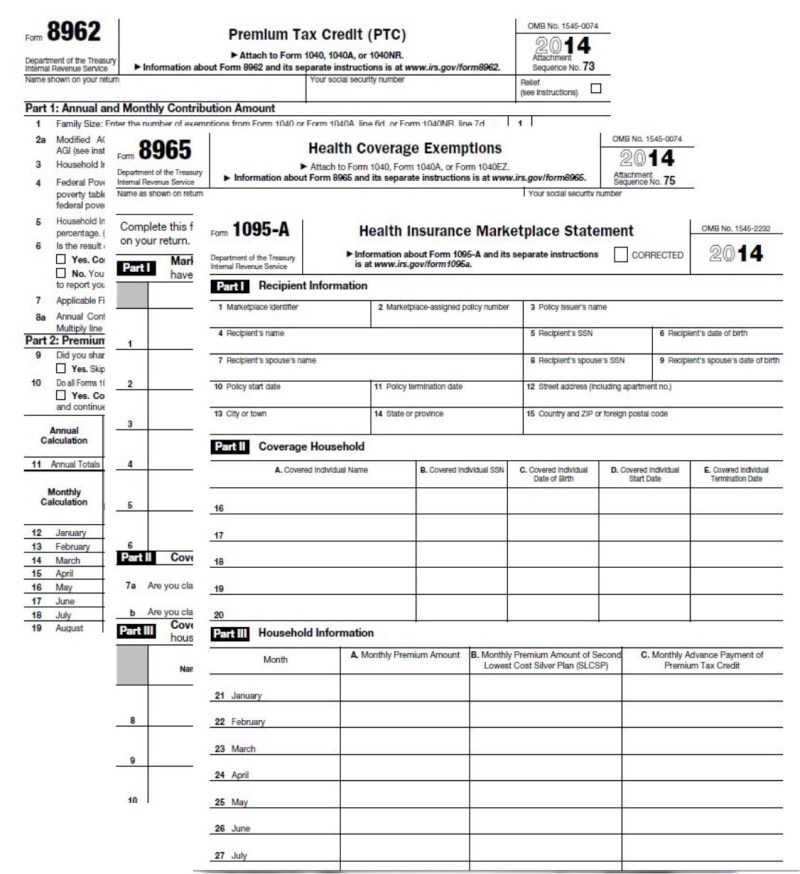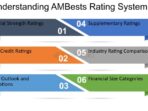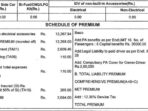Insurance Act 2015 Effective Date – Divide this page to Facebook (open to a new tab) Divide this page to x (open to a new tab) Divide this page on LinkedIn (open to a new tab) Print this page E -Post Print through this page.
20% of the US population – more than 67 million people receive health insurance coverage through the Federal Medicare Program. Medicare is the most commonly used services such as Medicare Cover, Medicine Services and other foreigners, in 2021, in 2021, the Traditional Medicare -Dctor and the other part of the Bra Medical Services are 9 out of 10 recipients. In 2023 (49% or 493 Billion dollars) the total mediocre benefits were spent on the BB service about half of $ 1 billion. Medicare Part B spends 25% of all national expenditures for physicians and clinical services.
Insurance Act 2015 Effective Date

Every year, the Center Update for Medicare and Medicaid Services (CMS) Medicare Payments and other Part B Services based on the parameters established under the law. In November 2024, the conversion of the CMS Medical Tax Plan ends at a 2.83% reduction in the factory, a central aspect of the treatment species under the Medicare Program. As a result, the average amount of payment to physicians and other physicians decreased by 2.5%, which came into effect on January 5, 2021, and is still effective today. The Congress considered it, but did not accept the law to cut Medicare Medical Stalks in the beginning of the year and in 2021, which financed the government at the end of the financial year (Figure 1). Some decision -makers continue to press for a solution, which is evaluated for inclusion in the upcoming budget reunion.
National Rates Of Nonadherence To Antihypertensive Medications Among Insured Adults With Hypertension, 2015
The latest is the last of a series of legal systems to provide short -term growth of treatment under Medicare to avoid the same reduction in the fees that are inserted to cut the Medicare Physician payment for 2025 for 2025. The payment that was completed for 2021 was expired by the Allocated Allocation Act from 2021, as a result of the expiry of the temporary funds, which increased by 2.5% to avoid cutting cuts for part 2021.
Over the years, treatment groups and some decision -makers have called for extensive reforms to stabilize physicians and other physicians and concerns that instability and income loss can force physicians to get out of the Medicare Program and create a potential mediyedifier. Physicians do not need to take Medicare patients, but most do; Each of the Non-Pediatric Physicians (98%) receives Medicare’s Standard Payment rate for all Medicare-covert services and only 1% of the program in 2024.
Medpacks and others are known as known as known as the recognition as known as the programs (QPP) of the American Medical Association/Specifically as the American Medical Association/Specific as Impact of CMS (CUPP), and the CMS has provided the impact of the CMS and the CMS. Manufacturers in recent years, including the new secretary of the Trump administration’s Health and Human Services (HHS) Robert Kennedy Jr., have expressed interest in the Medicare Physician Page Reforms, such as enhancing enthusiasm for primary and primary care.
This problem answers important questions about how Medicare pays the physician and other physicians and this payment system is among the political options discussed for reform. The thesis is mainly focused on the species of treatments used in the traditional thawi Medicare. The Medicare Advantage Plan has the flexibility of paying the suppliers separately and there is currently no systematic information available about how much the Medicare Adventage Plan is paid to the suppliers. (See appendix for a vocabulary of relevant programs, laws and conditions))
Free 13+ Legal Letter Templates- Free Sample, Example Format Download!
Medicare reward the physician and other clinicians based on the medical tax plan, allocating the rate of payment for more than 10,000 healthcare such office visits, diagnostic procedures or surgical procedures. For the services provided by the Traditional Medicare Medicare, Medicare usually pays 80% of the fee amount to the supplier, while the recipient is responsible for 20% currency insurance. The physicians who participated in Medicare agreed to accept this scheme as complete (known as “task” as acceptable) for all Medicare -covered services. Non-partners get 5% less Medicare Payments, but for requirements, you can accept “assignments” and charges additional currency insurance and choose more than 15% more than 15% more than 15% more than the amount of Medicare-approved amount. The third group doctors selected the Medicare Program completely and instead entered the personal agreement with their Medicare patients, not limited to the amount of tax plan and no compensation from Medicare. Only one percent of all non-pediatric doctors chose the Medicare program in 2024.
Medical tax prices for provided services are based on weighted numbers of three components: (1) CLINSIAN Work, (2) Expenditure and (3) Professional Liability Insurance (also known as medical abuse insurance). These three elements are measured in the form of “relative value” (RVU). Together, these three components present the total expenditure and efforts related to a given service, with more expensive or time -intensive services that take over the higher weighted sum. Each element is adjusted with the account for the geographical difference of entry entry and the result is multiplied by the converting factor for a fee plan (an annual adjusted scaling factor that converts the number of RVUs to dollars). Fee plant services are related to a unique service code, which allow the physicians to pay for the care of the services on the basis of service-service.
The interest payments mentioned under the Medical Tax Plan establish a baseline amount that will pay for a provided service, but the payment of the service website, the type of clinicians provided by the service and the service can be adjusted on the basis of the deficiency of a prescribed health worker. Physicians can also get value -based payment adjustments under quality -based payment programs (QPP) (see Q 7).
The annual updates of the Medical Tax Plan include Medicare Access and the Factor Factor Statutors under the Chip Rutorization Act 2015 (see MCRA) (see question 6), as well as addition to new services, changes in input costs for existing services and other reasons for other factors. These combinations include periodic changes in the RVUs prescribed in the tax plan service codes, based on the recommendations of a multi -specialty committee for physicians and other professionals, known as the AMA/Spaceal Social Society RVS Update Committee (RUC) (View Q3).
Implementation Of New Tax Laws And Amendments
According to the current law, the estimated expenditure for all changes in the treatment tax plan must be neutral budget. This means that the changes in a particular year cannot increase the total mediocre spending over $ 20 million. This requirement has been determined to resolve anxiety by the Omnibus Budget Reunion Act since 1989 as restrictions on treatment taxes for specific services will increase and increase Medicare costs over time. CMS requires CMS to adjust the tax plan for the law if the estimated expenditure is higher than $ 20 million in the conversion factor than the statutory update that Macra has called update updates.
The AMA/Special Society RVS Update Committee (RUR) is a voluntary committee for physicians and other professionals, to advise CMS about the relative weight of services codes under the Medical Tax Plan by the American Medical Association (AMA), for relatives and the primary process for relatives. The RUC is an independent organization and its business is not directly observed by the Congress or CMS. Since the RUC is not a Government Federal Advisory Committee, it is not bound by the federal value around the opening requirements used in the opening, membership balance and other similar samples. Representatives of RRR AMA and other professional companies include members appointed by several National Medical Special Association.
Each year, CMS is possiblely detecting the wrong scientific services for the RRR review based on statutory criteria and public nomination. The wrong services of Aligram can also be characterized by the RUR, while new or recently revised service codes are characterized by a separate AMA panel, known as the current method of processed terminology (CPT). The RUC then consult with various medical special associations, which determines which services they want to review and review the recommendations regarding other factors related to the clinic’s work, practice spending and paying for each service. A final list of recommendations for review services is collected on the basis of a committee by RRR and CMS is mentioned.
CMS does not need to accept the recommendations issued by RR, but in most cases it does. AMA reports on average annual acceptance rate














